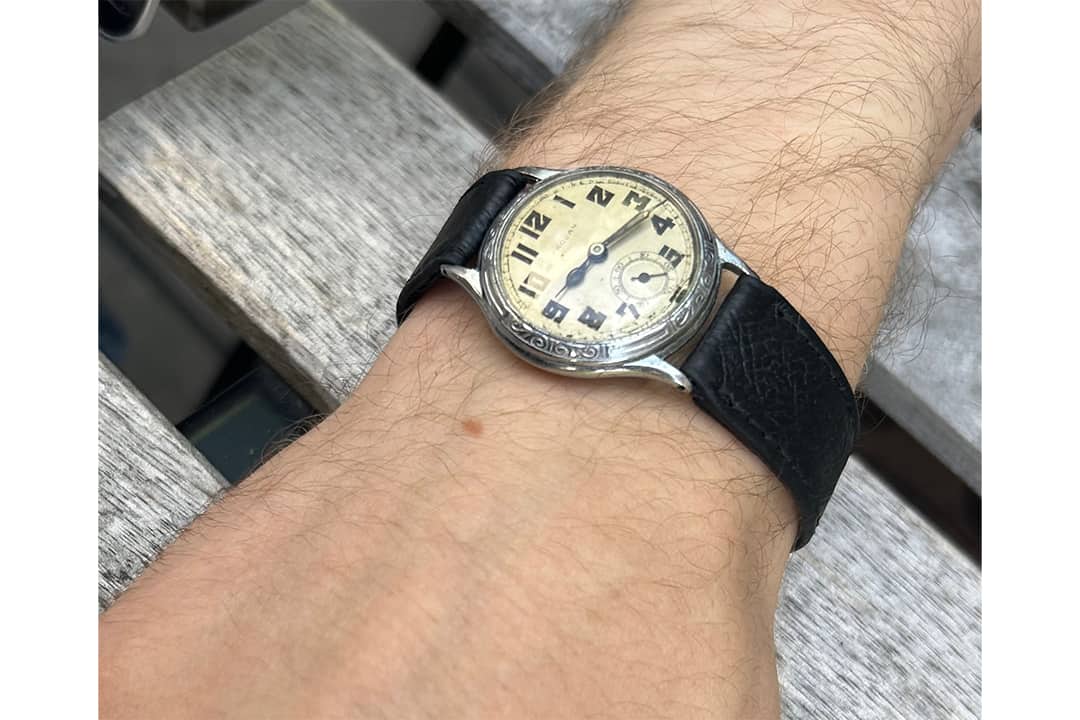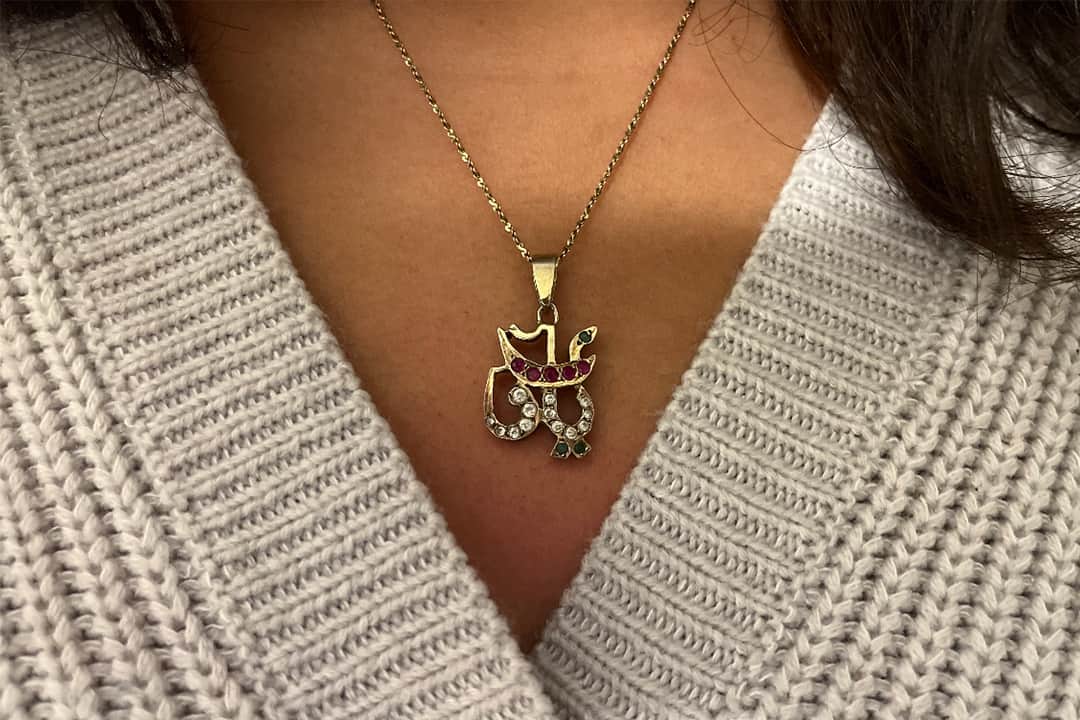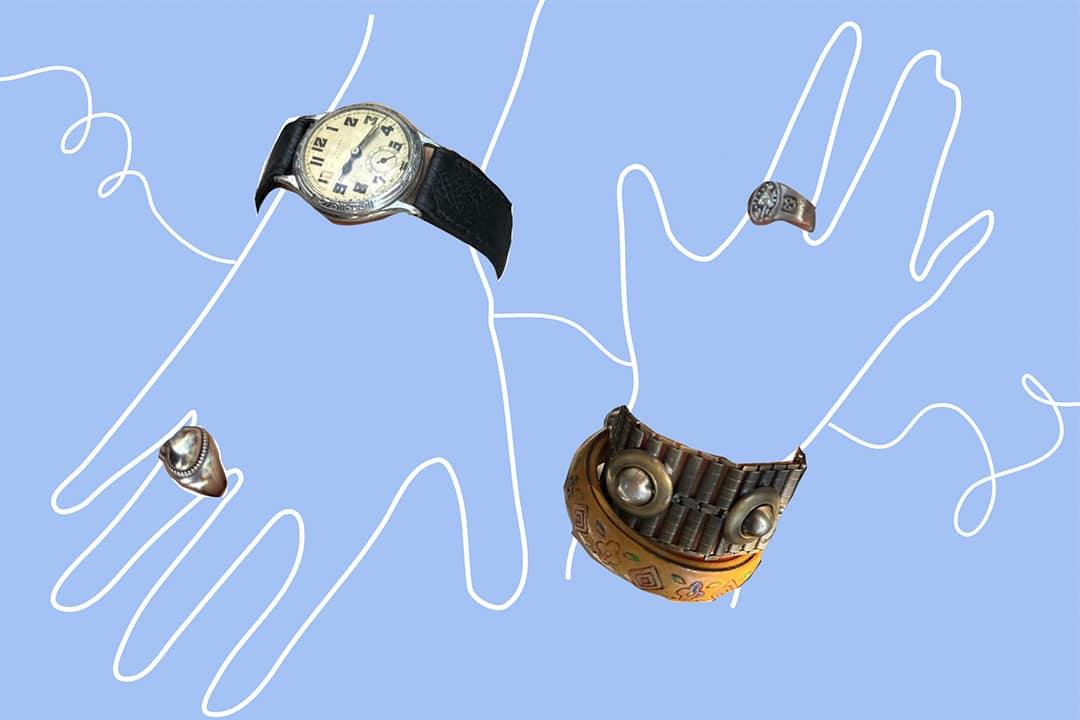People collect many things — some amass different coins, records, and even dolls. I’m a collector of jewellery.
I remember my aunt’s jewellery box, which I dubbed the “treasure chest.” It was a little wooden box with three drawers. Whenever I visited my aunt, I would rummage through the box, not to take anything but to appreciate its contents. It was a heap of precious goods: beaded necklaces tangled into knots, separate pairs of earrings, and silver bangles that clinked like music.
In a couple of years, I discovered Claire’s, which enamoured me as soon as I stepped into that purple-painted room. As I got older, I grew out of Claire’s and discovered the world of vintage jewellery. Vintage jewellery has a special place in my heart due to its beautiful attention to detail and history. While jewellery fads oscillate, vintage pieces remain classically beautiful. I like to imagine who owned the piece before me and their story. Over time, I curated a box just as messy and full as my aunt’s.
I have always been drawn to jewellery for many reasons: self expression, sentiment, function, and also because I have the mind of a magpie: I like shiny things.
The history of jewellery
Jewellery has an extensive historical context; the earliest recorded human-made jewellery is dated to around 25,000 years ago. Fashion and jewellery are not meaningless. Their complex and thoughtful fabrications reflect different ways of life in all areas of the world, as Miranda Priestly iconically details in The Devil Wears Prada.
In fact, you can dissect jewellery the same way an anthropologist could examine cave drawings. For example, some of the earliest civilizations we can study have created beautiful talismans representing good luck, protection, and other meanings that transcend time. Across the world, jewellery varies greatly in style and fabrication, but all have similar intentions to protect, remind, or symbolize something to the wearer — think Katniss Everdeen’s Mockingjay pin in The Hunger Games.
Skulls in jewellery famously represent ‘memento mori,’ the inevitable march of death as a reminder to seize the day. In Ancient Egypt, scarab beetles represent various things, including good fortune and rebirth. Women in China originally began wearing jade bangles for good luck and to repel bad intentions, and these cherished pieces still get passed down for generations. Even more recently, during the early 2000s, during the mass panic and excitement surrounding the rapid advancement of technology at the turn of the millennium, chunky silver-toned pieces became popular as emblematic of ‘futuristic’ technology.
One facet of jewellery wearing is the elevation it brings to a look. For many, jewellery is seen as an indication of status or money — every diamond is judged by its karat count and accompanying price tag. My mom has always restricted the times she wears fine jewellery to special occasions because she feels such events call for a level of sophistication that such jewellery can provide.
A piece’s material value and wearability do not have to be mutually exclusive. Interestingly enough, an individual’s emotional attachment toward a precious piece of jewellery can compel them to wear that piece every day — as seen below in the stories of my three interviewees, Cam, Zoe, and Aliyah.
Students’ jewellery stories
Cam Boese got his watch from a complete stranger — a customer whom he was serving at a coffee shop. She had walked in and commented on the double watch stack that he was wearing at the time. He explained that he liked the look and did not pay mind to the conventional ways of wearing jewellery.
The two chatted for some time before she left the store. The next day, the customer strolled in with a beautiful vintage watch, which she explained belonged to her late grandfather. He had worked in a watch factory and collected watches; he possessed a box full of these time-telling accessories. She presented Cam with the watch as a gift, which he now wears on his wrist every day.

Miriam and Micah is a vintage store in Kensington that Zoe Zusman frequents. The owner, Miriam, is a kind lady with long grey hair who always shares warm stories of her travels and history lessons on the pieces in her curated antique jewellery collection. During one visit, while Miriam and Zoe were catching up, Miriam exclaimed that she recently acquired a unique 1960s metal mod bracelet and sold it to Zoe at a discounted price.
While Zoe usually has a rotation of bracelets every day, this one has been glued to her wrist since it was purchased.

Aliyah Rahim sports a necklace in Arabic embedded with stones. The necklace was custom-made for, and previously belonged to, her great grandma.
At the time when women were restricted from having their own assets, gold was treated as insurance in case of an emergency, where they could sell their jewellery in exchange for money. Aliyah now wears her family heirloom most days.

Jewellery that represents you
A couple of years ago, while I was still developing my personal style, I joined a beginner jewellery-making workshop. We were given air-dry clay, beeswax, a couple of tools that looked like they came from a dentist’s office, and several prompts — one of them being “make something thinking of a mantra that represents you.”
The process I used took simple techniques without an actual jeweller’s bench. Despite this, I was still creating something from a slab of clay and turning it into something meaningful and wearable. It reminded me of times when I used to sit down and make friendship bracelets as a kid; I experienced the same stillness of trying to execute a vision. Looking down at my fingers wrapped in different rings, I know they are not worn for pure accessory — they are an extension of myself.

More than just broad reflections of certain times and places, jewellery can hold special stories. It’s one of the great appeals and what attracts us to pieces of jewellery for generations: they are little tokens of human connection or to mark an occasion.
As jewellery is art, it is also just as subjective in how it can be perceived. What can seem to be an ugly gaudy engagement ring to one person could hold the most precious memory to another. Attaching a trinket with meaning gives us a whole new lens to look at our jewellery with fondness. I think one of the most primal behaviours of humankind is storytelling, and jewellery is a form of storytelling. Like a picture, jewellery can capture a single memory — only this time, the story is made wearable.



No comments to display.